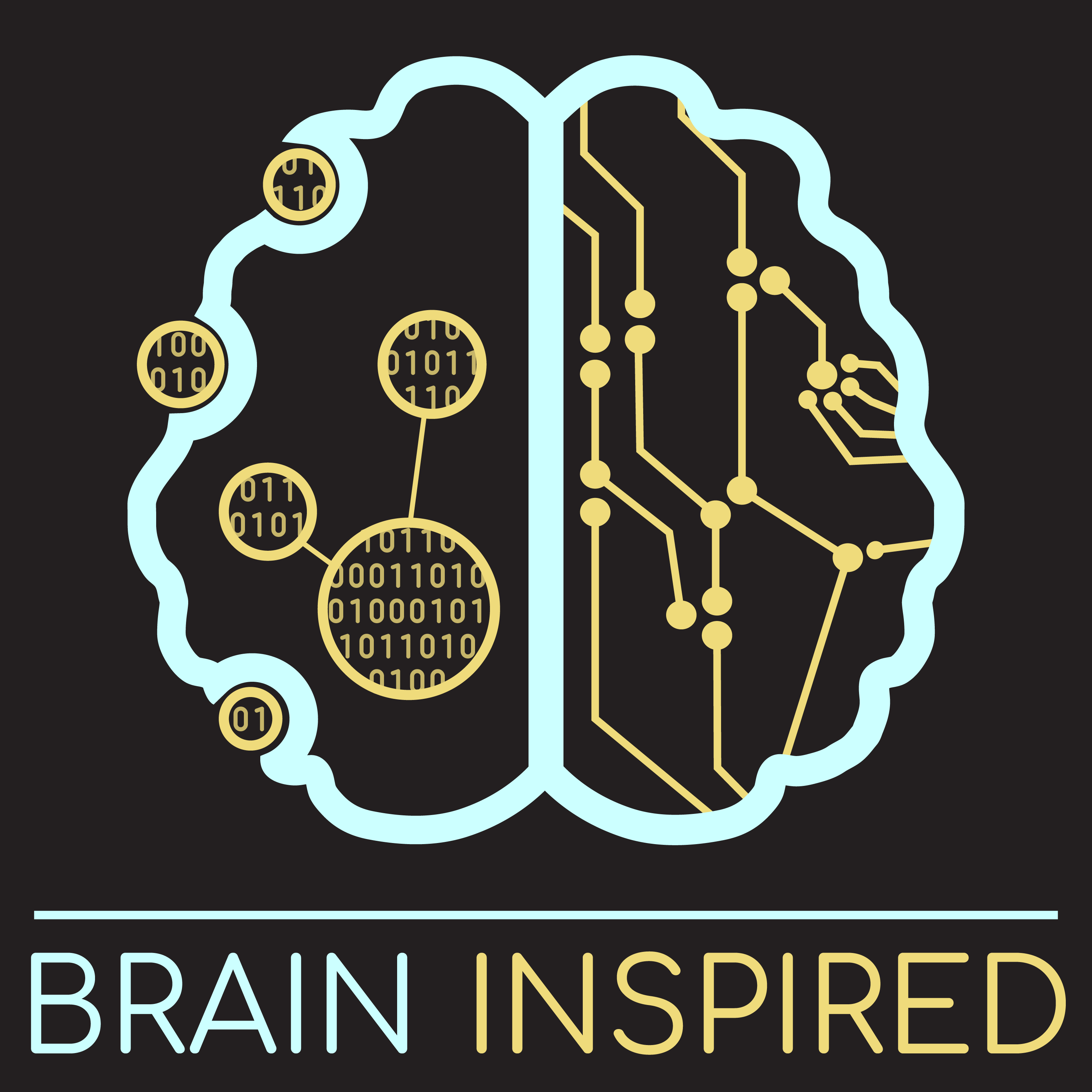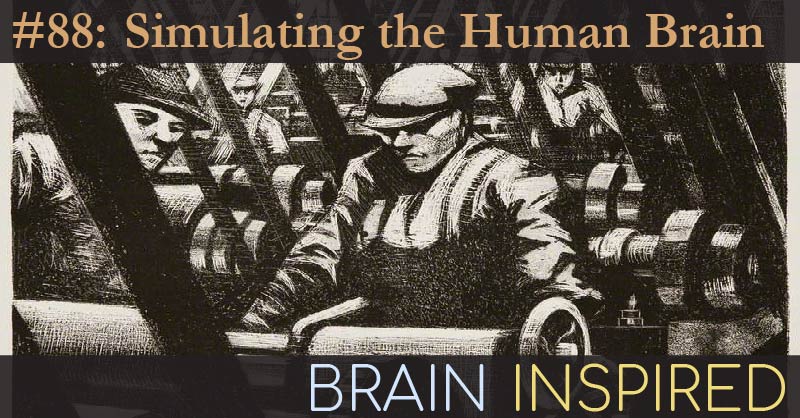

Talia and I discuss her work on how our visual system is organized topographically, and divides into three main categories: big inanimate things, small inanimate things, and animals. Her work is unique in that it focuses not on the classic hierarchical processing of vision (though she does that, too), but what kinds of things are represented along that hierarchy. She also uses deep networks to learn more about the visual system. We also talk about her keynote talk at the Cognitive Computational Neuroscience conference and plenty more.
Show notes:

Support the show to get full episodes and join the Discord community. Check out my free video series about what's missing in AI and...

Grace’s websiteTwitter: @neurograce.Models of the Mind: How Physics, Engineering and Mathematics Have Shaped Our Understanding of the Brain.We talked about Grace’s work using convolutional...

Randy and I discuss his LEABRA cognitive architecture that aims to simulate the human brain, plus his current theory about how a loop between...